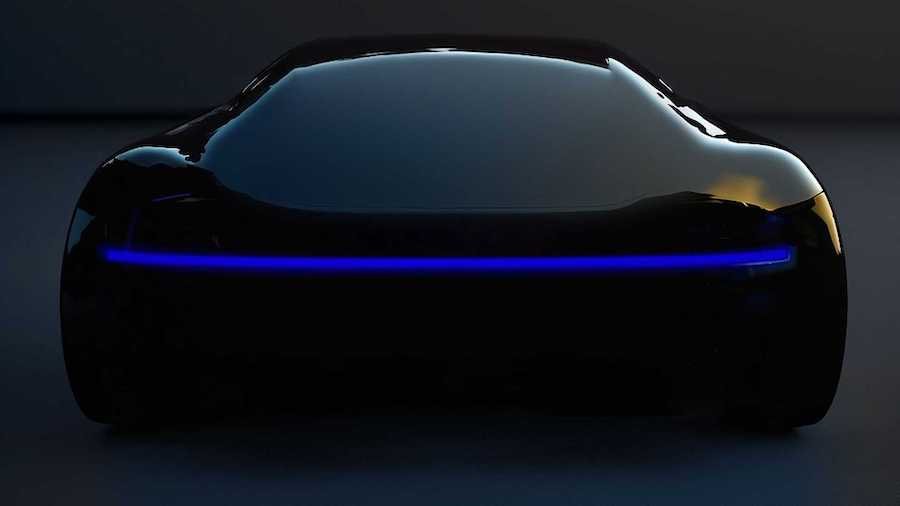New Racing League Wants To Race Real Cars Remotely On Tracks Through VR

If the lines between reality aren't quite blurred enough for you just yet, say hello to Avicar. This new private motorsports league wants to combine the worlds of sim and real-life racing into something called Remote Reality. In short, you drive a real car on a real race track. But instead of being in the car, you're thousands of miles away in your living room wearing a headset and wielding controllers.
If you're a bit confused right now, it's understandable. There's still much more to come on all of this, including actual vehicles for people to pilot. Right now, we can tell you that Avicar envisions a series consisting of 11 cars, designed and built in conjunction with Siemens Advanta North America. The exact size of these cars is unknown, but they will be engineered with electric powertrains and have a top speed of over 100 mph. They also won't have any provisions for humans, be it seats, windows, or doors. All the driving is done remotely, through a process dubbed Remote Reality.
You might think this sounds like driving a big radio-controlled car, but apparently, it's not that simple. According to a press release from Avicar, Remote Reality involves numerous livestream cameras on the car transmitting feeds through a high-speed Wi-Fi, 5G, or satellite connection to a headset worn by the "driver." Apparently, computer lag isn't an issue because Avicar says the speed for these connection methods has "increased dramatically."
In any case, this allows members of the private racing league to log in and remotely drive their cars from anywhere in the world. Once set up, the drivers will enjoy a real-life experience complete with "microsecond real-time reactivity and tactile response" as the vehicles are in motion, possibly thousands of miles away.
Avicar doesn't detail exactly how this tactile response works, nor is there information regarding failsafes for when connections to cars are lost. There's also no info regarding the tracks on which the racing takes place. Presumably, it's a special network of circuits dedicated to this series, as we see about two gazillion red flags for sending a remotely-operated car around an open race track at speed. And in an ironic twist, Siemens Advanta North America is tasked with creating simulations to test and develop the real-world cars that folks will eventually drive ... in a sim-like environment.
Admittedly, we sound a bit scrappy on this idea. There are many pieces that still must fall into place before Avicar gets off the ground, but the concept is interesting. Sim racing has exploded in popularity over the last several years, and the seemingly endless advancement of technology has made these sims more and more realistic. Would driving an actual car with actual sounds and visuals bring a whole new level of realism to the virtual world?
That's the question that remains unanswered, and it will stay that way until Avicar has an actual car for people to take on a virtual test drive. Unfortunately, there's no timeline on when that might happen, so for now, color us intrigued but skeptical.
Related News
